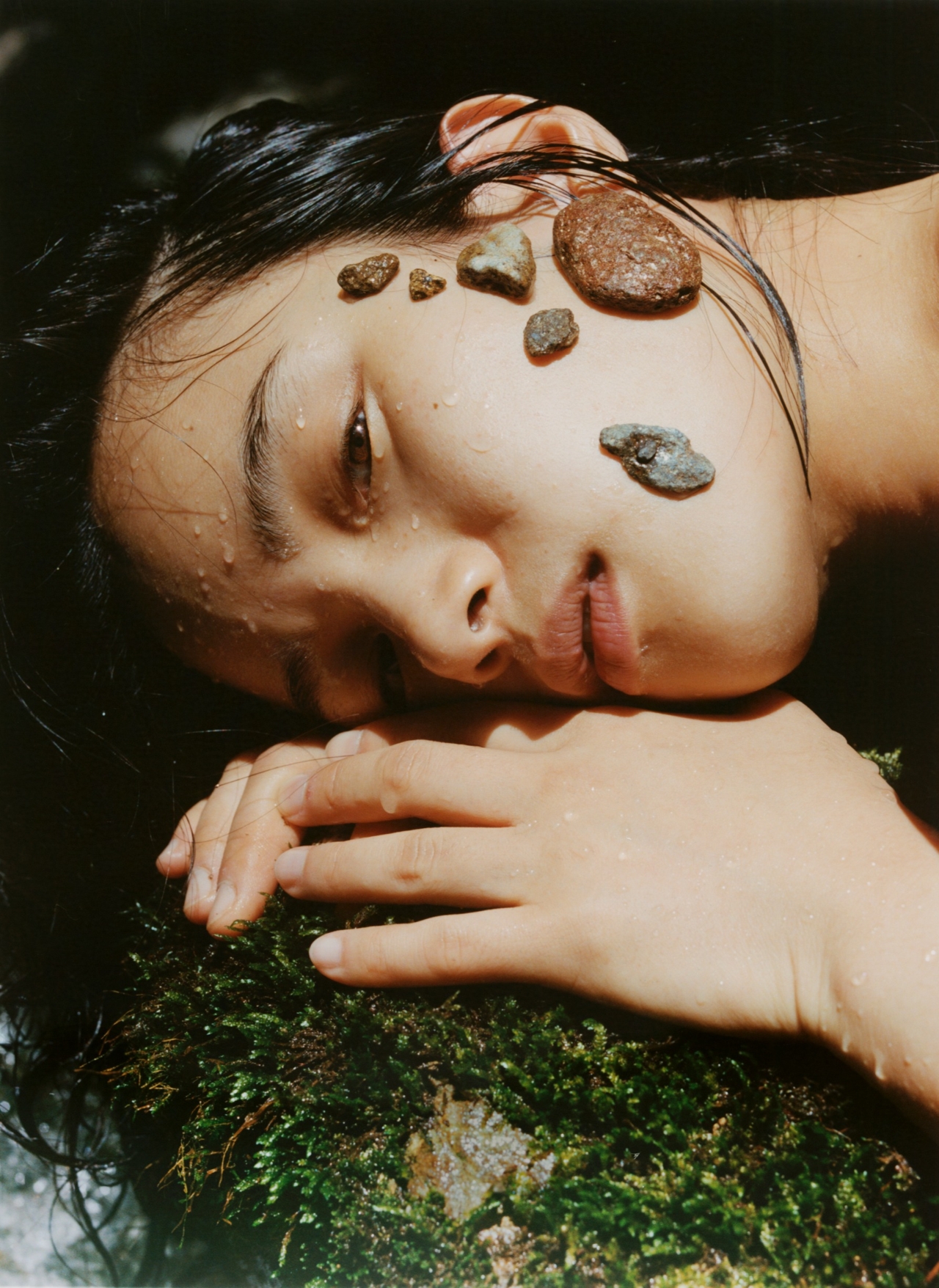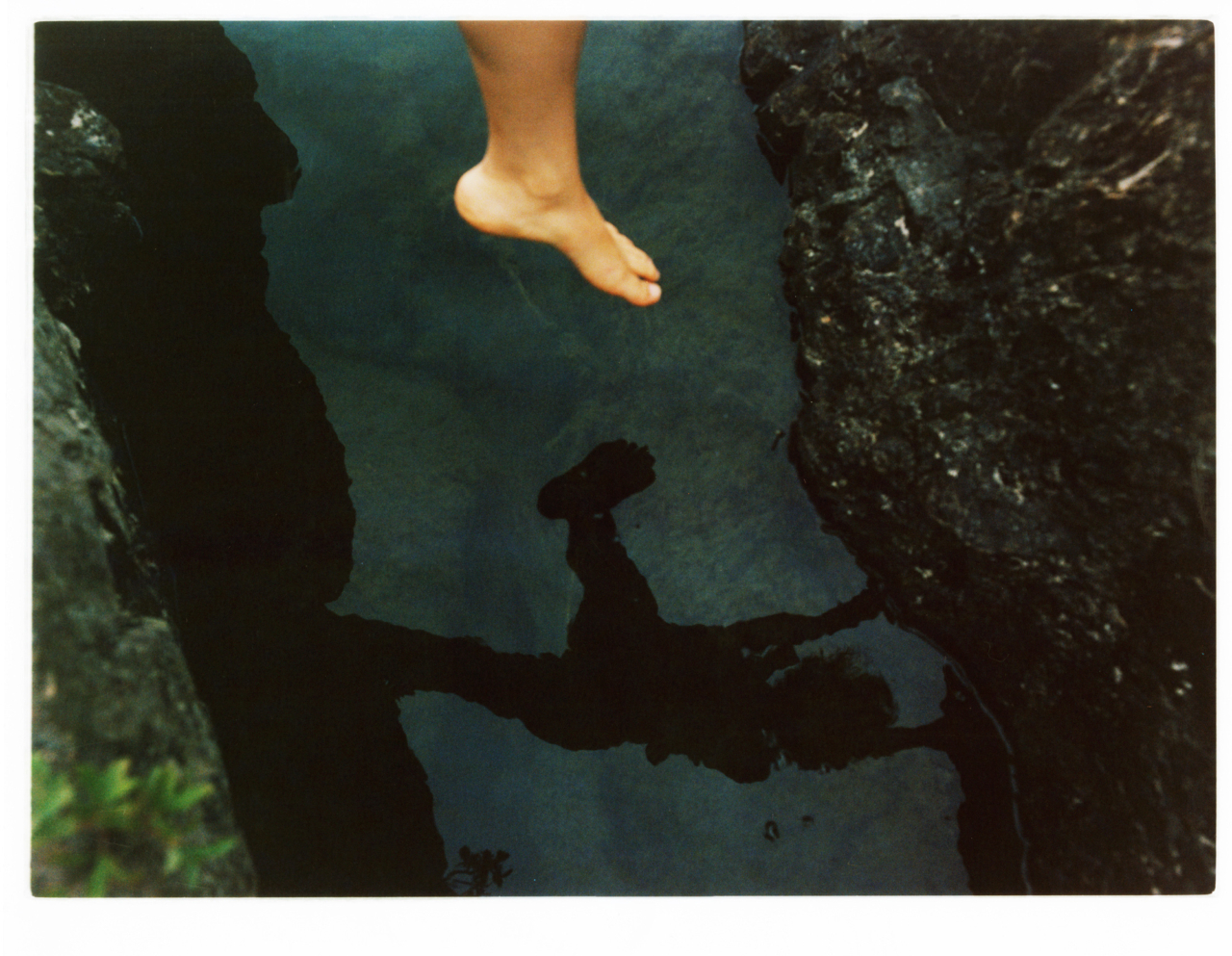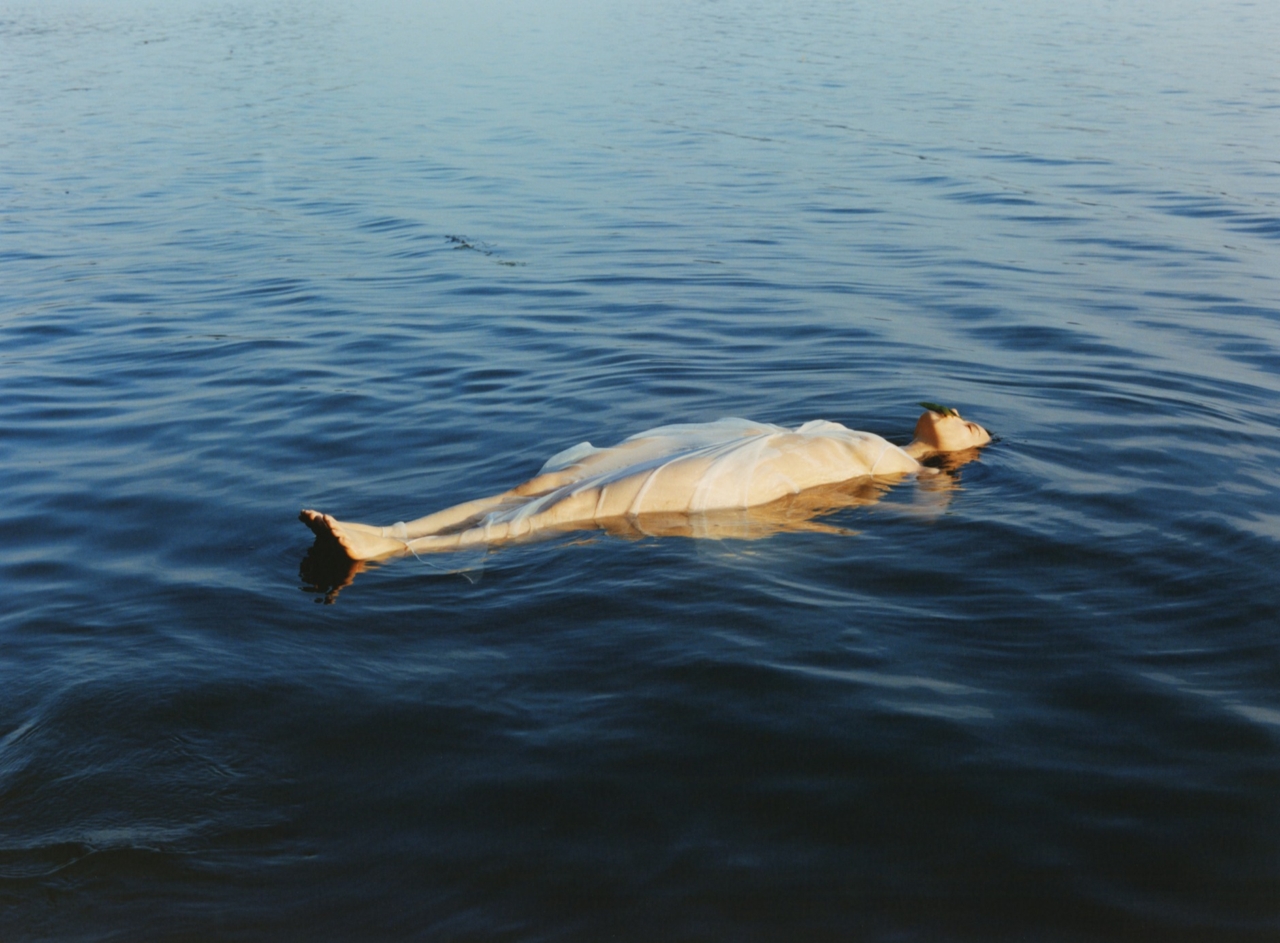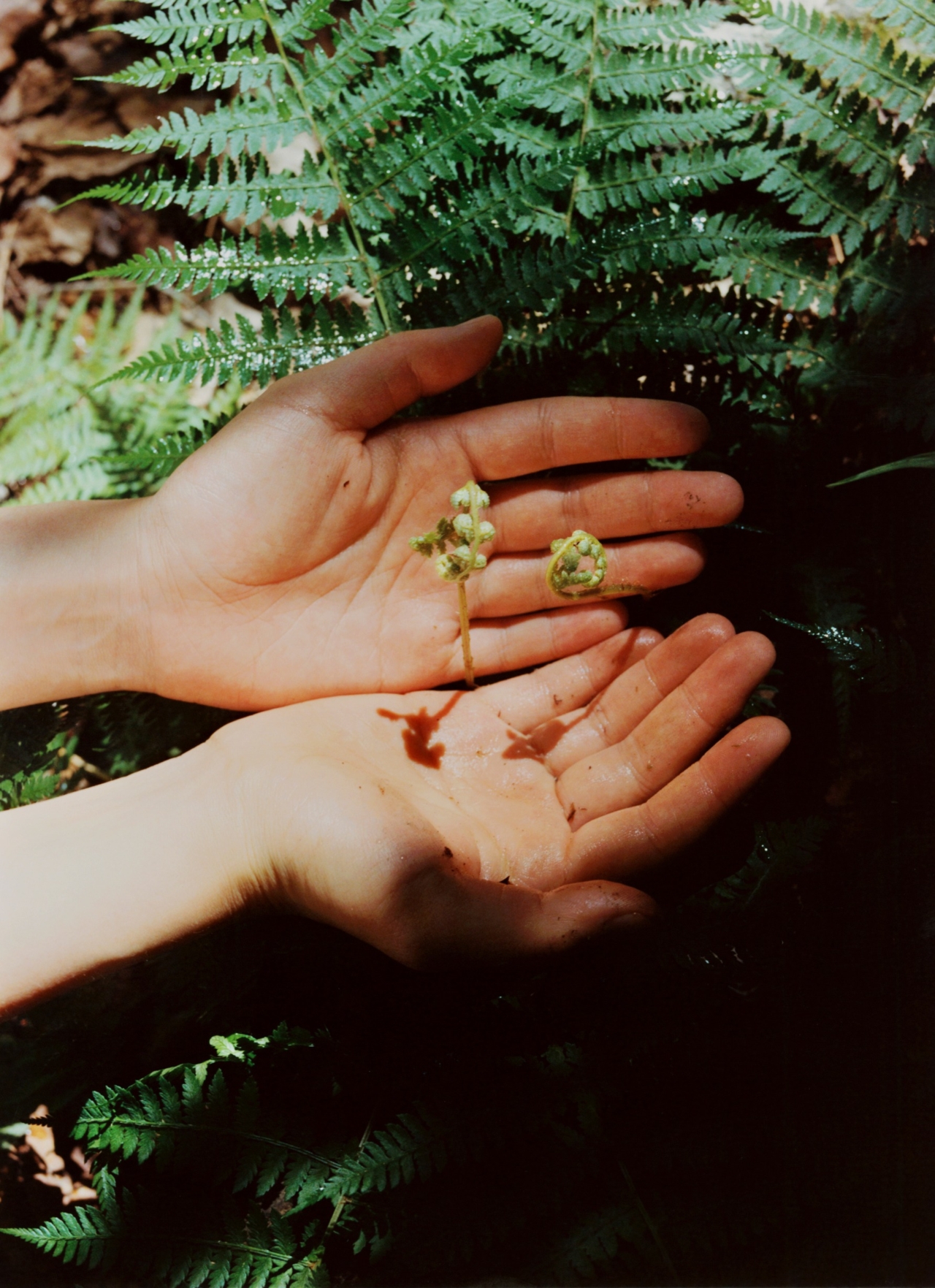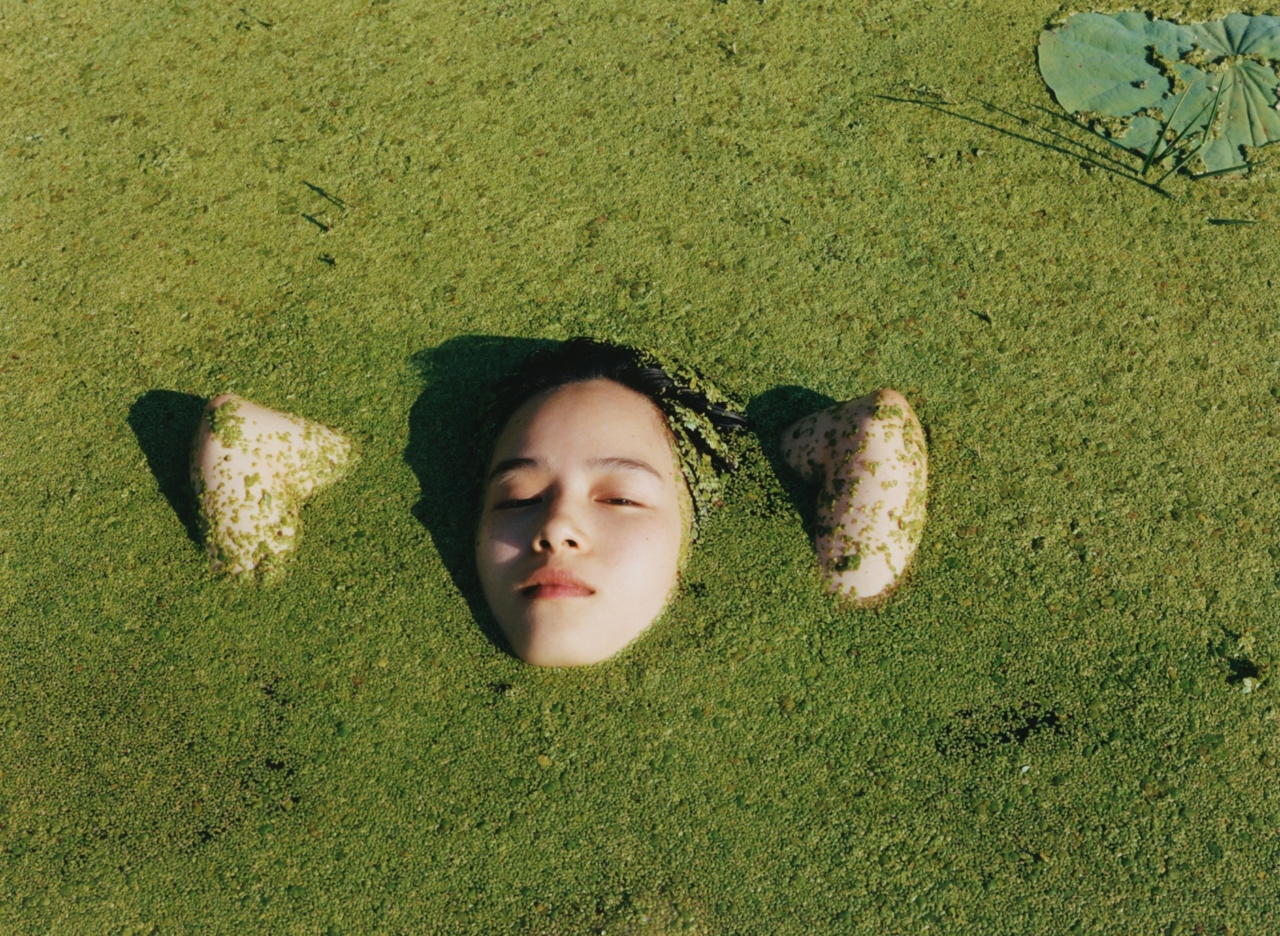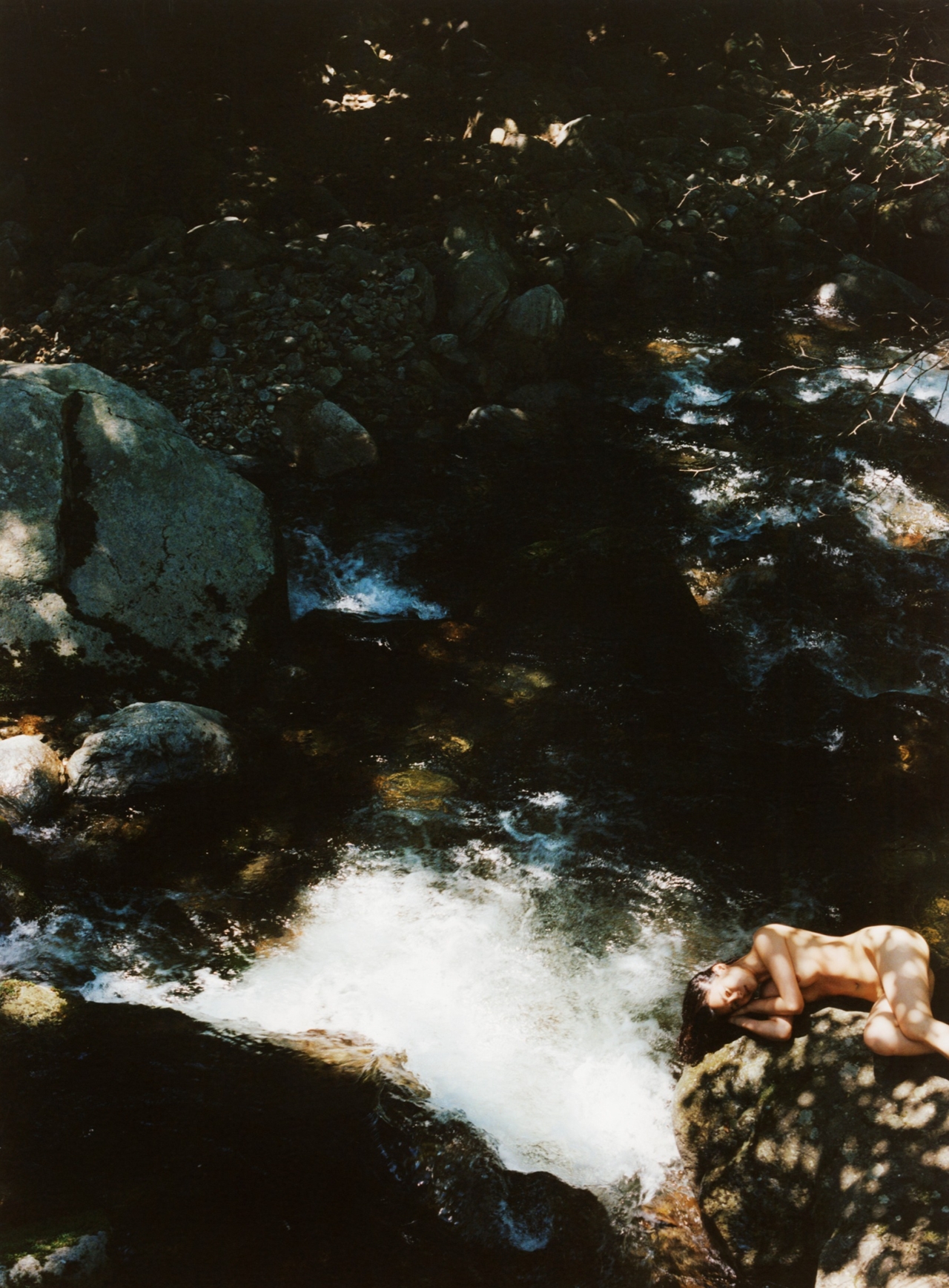

Melissa Lem’s career as a family physician began 18 years ago in rural northwest British Columbia, Canada. When she wasn’t working long hours in the emergency room, she would hike in a forest of trembling aspens, named for their autumn leaves’ golden shimmer. Even from the hospital garden, she could see the Coast Mountains, whose snow-capped peaks tower over 11,000 feet tall. “It was pretty magical,” she said. Lem eventually returned home to Toronto. Her workload was calmer, yet she somehow felt even more stressed. She wondered why, until she realized what she was now missing: nature.
“I moved downtown where instead of looking out at mountains and a river and bears walking across my driveway, suddenly it was skyscrapers and glass and concrete and barely any green,” Lem said.


A quick literature review confirmed what she suspected: Nature boosts a person’s physical and mental health. But she couldn’t stop there. “I never learned about this in medical school,” she said. She committed to spreading the message, starting in the exam room. “I still remember the first patient I recommended nature time to,” Lem laughed. “I felt really silly.”
In 2020, hundreds of patients later, she cofounded PaRx, a national program hosted by the BC Parks Foundation to help Canadian physicians write nature prescriptions and treat the outdoors as medicine. By then, the COVID-19 pandemic had laid bare the human need for green spaces. Now, the program hosts 18,000 prescribers (from dentists to doctors) who have issued over 1 million nature prescriptions.

Lem writes about one script a week, but she’s one of few doctors who do so. Only Canada and the U.S. have adopted large-scale prescription models. Japan, South Korea, and the U.K. provide government funding for nature-based therapies, but the practice is far from mainstream and still faces skepticism. “In other countries, the doctors there don’t believe it because it’s so new to them,” Lem said.
The need, however, is high. Across the globe, anxiety and heart disease are on the rise. Time in nature won’t cure any of these, but it can help. The science isn’t wholly clear on what magic fresh air possesses, but studies have confirmed health links time and time again.

Imagine if every doctor provided patients clear instructions to feel better: Stand barefoot in the grass for 10 minutes every day, garden three times a week, hike for an hour once a week, swim in the ocean at least once a month. A peer-reviewed study published in The Lancet in 2023, which examined the impacts in South Korea, the U.S., Japan, the U.K., China, and other countries, found that these doctors’ orders helped with health issues, including high blood pressure, depression, and anxiety. The researchers also saw an increase in physical activity among patients. This evidence has encouraged the World Health Organization to recommend that governments and health professionals treat nature-based solutions as a pillar of health.

In Japan, however, health experts have long known about these benefits before the scrutiny of scientists in white coats and labs. The Japanese founded forest bathing in 1982 in the country’s Akasawa Natural Recreational Forest, whose landscape is dotted with centuries-old Kiso cypress trees. The goal was to reduce mental stress, said Qing Li, a clinical professor at Nippon Medical School Hospital’s Department of Rehabilitation Medicine in Tokyo. Now, forest bathing is also used to prevent illnesses and boost immunity. Li himself writes prescriptions to his patients for mild depression, mild hypertension, mild sleep disorders, and mild heart diseases.
“Nature as medicine has no side effects, is inexpensive, and has disease prevention effects,” Li said in an email. “I call it killing three birds with one stone.”

“Nature as medicine has no side effects, is inexpensive, and has disease prevention effects.”
In Italy, a group of health professionals hopes to start their own nature prescription program modeled on what Lem has developed in Canada. Rita White, an environmental psychologist and president of the Italian Academy of Biophilia, has been following the prescription model for years. Last year, she began talking to Lem to figure out how to bring a program like this to Italians—one grounded in science and connected to the places people live.
“‘Nature as medicine’ is no longer just a poetic intuition, but a concrete strategy for prevention and care,” White said in an email.


She’s particularly interested in developing a model that goes beyond green spaces. White wants to curate nature experiences indoors, too—like in a museum. PaRx in Canada already does this. In April, the program started a first-of-its-kind collaboration with the Vancouver Art Gallery, where prescribers can provide patients with free admission for them and a guest to take part in a guided nature and art experience of an exhibit by landscape painter Emily Carr, whose work immerses audiences in pictures of lush green forests.

“The truth is not everyone can go outside,” Lem said, “Not everyone can, if they have a mobility device, walk down a trail. This is a way to make those health benefits of nature time more accessible to different people and draw in different audiences.”
In Canada, patients even have access to 100 free minutes in an electric car share to help them drive somewhere if there’s nowhere within walking distance. The program offers patients free or reduced admission to several spaces, including botanical gardens and zoos, as well as kayak rentals. Doctors can prescribe one annual pass to the country’s national parks a month, too. George Richard, a 58-year-old resident in British Columbia, approached his doctor for a prescription in 2021 after he heard about that offer. He suffers from anxiety and hoped regular access to his national parks would help his symptoms. Now, he goes once a week.


“There are a lot of things that can keep your mind going even after you walk away from the walls of work,” said Richard, who works in public education. To feel better, all he has to do is take a morning stroll along a nearby lake and through the bird sanctuary while breathing in the perfume of petrichor. “To be able to get into those senses and just get out of your head for a bit, I know I always find it beneficial.”

“Across the globe, anxiety and heart disease are on the rise. Time in nature won’t cure any of these, but it can help.”
Nature prescriptions aren’t perfect. Not every person lives near a forest or lake. Not everyone has the time. But the professionals who believe in this model are creative. Robert Zarr, founder of the U.S. program Park Rx America, directed me to the website prescribers use to write patients their scripts. It prompted me to find a place I feel safe and comfortable outside, then asked, what do I enjoy doing outside? How frequently? How many minutes or hours can I realistically commit? I landed on my balcony, where I can read outside once a week for an hour.

This is all it would take, advocates argue, to help people feel a little better in a society where too many of us are sick. What would the world look like with such lifestyle changes? Would we be happier? Would we fight for our clean air or local wildlife? Would CEOs cut down fewer trees? Would they pollute fewer rivers? That’s the idea—and ideas, they can spread like seeds. With enough of them, we can plant a whole forest.

Model Hoyeon Wang Photography assistants Kim Seowoo and Kim Jae Min Styling assistant Lee Gangeun
This story first appeared in Atmos Volume 12: Pollinate with the headline, “Nature Rx: Healing Outdoors.”
The New Rx: What if Your Doctor Prescribed You Time Outside?


